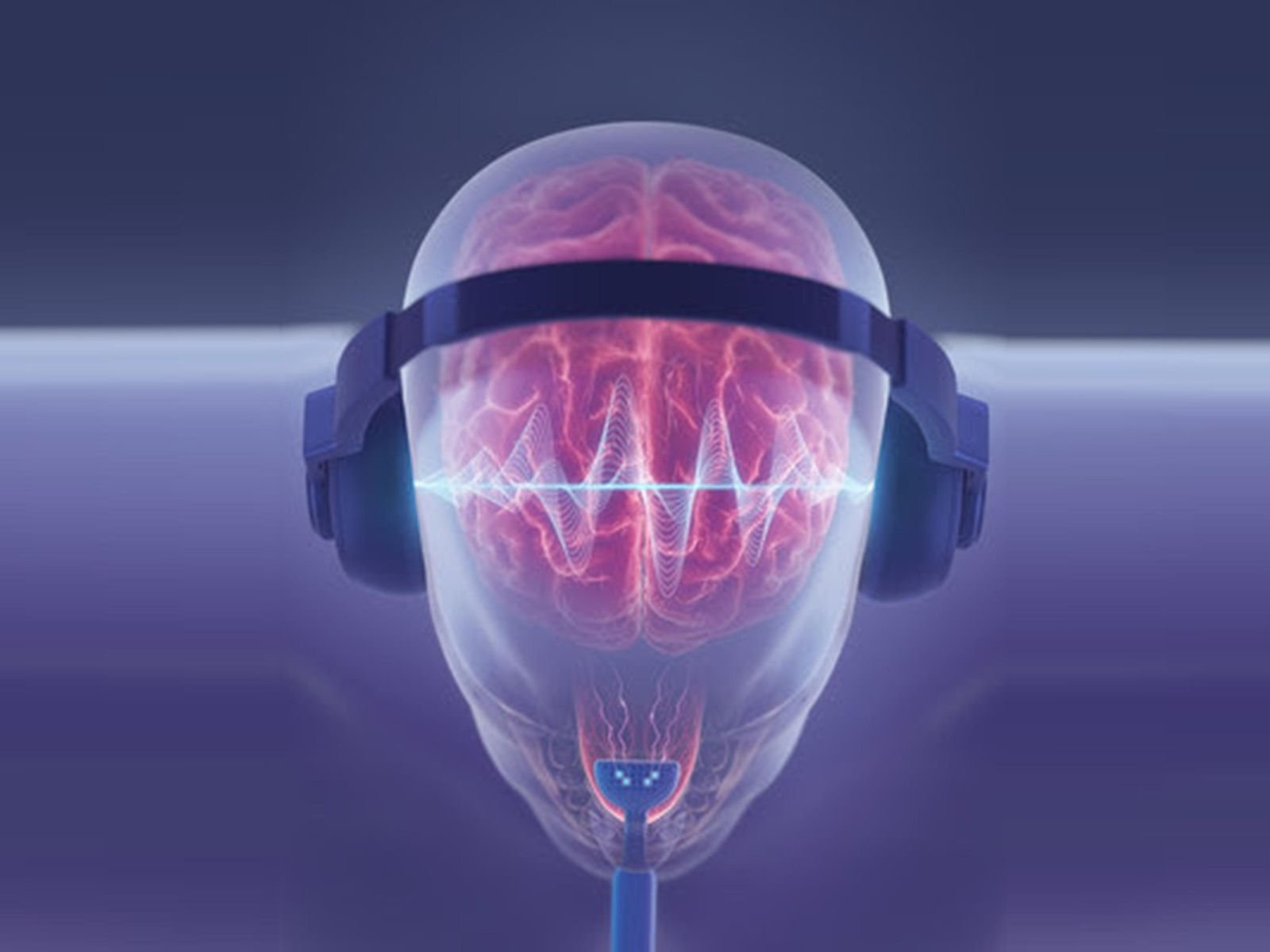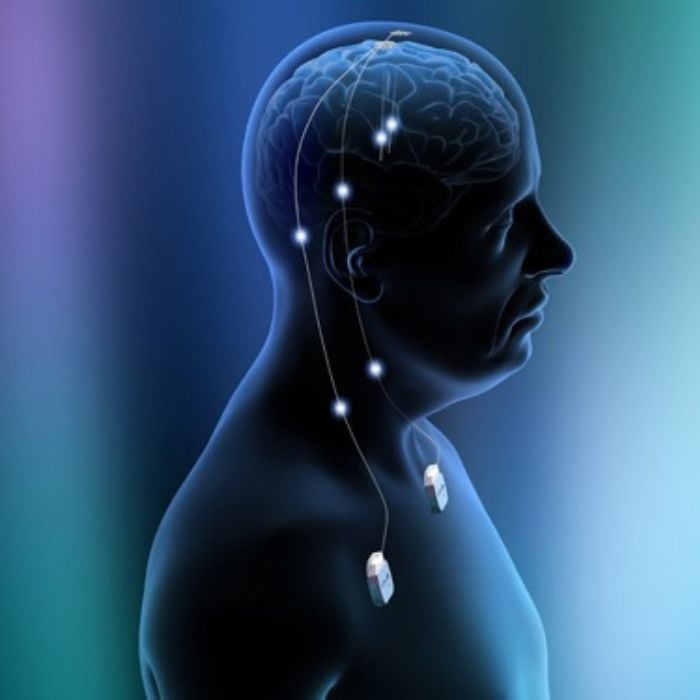Tinnitus affects millions of Americans, with approximately 15% experiencing persistent ringing, buzzing, or humming in their ears. This condition not only impacts one's quality of life but also has deep connections to the brain's neural pathways and auditory processing.
For years, I've witnessed firsthand the profound impact that tinnitus can have on individuals' lives. As an audiologist, working alongside patients struggling with bothersome tinnitus, I've seen the frustration, the added stress, and the yearning for even a moment of silence. Tinnitus is not just a condition of the ear; it can impact one's mental health, demanding resilience.
We recently created an animation to further visualize the connection between tinnitus and the brain. You can view that below.
One ongoing challenge for those with tinnitus is the lack of a clear-cut treatment. While lifestyle adjustments, retraining therapies, and sound-masking work for some, others are left searching for a more targeted solution. It’s here that bimodal stimulation offers promise.
What is bimodal stimulation and why does it matter for tinnitus?

In our brain, auditory information from the ear is processed in a cluster of nerves known as the cochlear nucleus. Situated in the brainstem, where the base of our brain meets the spine, this region also receives input from somatosensory nerves located in the face, tongue, jaw, and spinal column.
Bimodal stimulation, a technique gaining traction in tinnitus treatment, involves the simultaneous use of two sensory modalities to modulate neural activity. Said differently, bimodal stimulation for tinnitus pairs sound and another stimulation together to rewire the brain. Dating back to the early 2000s, researchers began exploring how combining auditory and electrical stimulation could alleviate tinnitus symptoms. In simple terms, this approach works by retraining the brain's response to tinnitus, diverting attention away from the persistent sound.
A real-world example of bimodal stimulation
.jpg)
Neuromod's Lenire device is the best-known device that uses this bimodal stimulation approach. Utilizing a technique they call Dual Mode, Lenire combines audio delivered through wireless headphones with gentle electrical pulses to the tongue. This combination aims to reduce the brain's focus on tinnitus, offering relief to those affected by the condition.
Now the exciting part for those with tinnitus. According to a recent large-scale clinical trial known as TENT-A3, Lenire has demonstrated significant efficacy, with 80% of compliant trial participants reporting clinically significant improvement. Lenire also demonstrated superior efficacy to sound-only stimulation. This trial data, combined with data from 204 real-world patients resulted in Lenire receiving a De Novo approval from the US FDA. This means that it is the first and only bimodal neuromodulation device approved for the treatment of tinnitus in the USA. In three large-scale trials, 83% of more than 500 participants recommended Lenire for treating tinnitus, showing consistent outcomes in providing relief from tinnitus symptoms.
How bimodal stimulation treatment works in practice
.jpg)
In the case of devices like Neuromod’s Lenire, bimodal stimulation treatment starts with an audiologist who initially programs the device to match the user's hearing loss (if they have any) along with the needed electrical pulse intensity.
The user then incorporates the device into their daily routine by wearing the headphones and placing the tongue-tip on their tongue for approximately 30 minutes, twice per day. During these sessions, users are encouraged to minimize distractions and avoid activities such as watching TV or viewing screens, allowing their brain to fully engage with the bimodal stimulation therapy.
There are other non-FDA cleared devices available which provide similar tactile stimulation through vibration and audio stimulation.
Commonly asked questions

1. How does bimodal stimulation differ from traditional tinnitus treatments?
Bimodal stimulation targets tinnitus at both the auditory and somatosensory levels, whereas traditional treatments often focus solely on auditory pathways. By engaging multiple sensory modalities, bimodal stimulation offers a more comprehensive approach to tinnitus management.
2. Is bimodal stimulation safe for all individuals with tinnitus?
Bimodal stimulation is generally considered safe and well-tolerated, but individual responses may vary. It's essential to consult with a healthcare professional to determine if bimodal stimulation is suitable for your specific condition and medical history.
3. How long does it take to see results from bimodal stimulation therapy?
Results from bimodal stimulation therapy may vary, but many individuals experience improvement within weeks to months of consistent treatment. However, it's crucial to remain patient and adhere to the prescribed treatment plan for optimal outcomes.
4. Can bimodal stimulation therapy completely eliminate tinnitus symptoms?
While bimodal stimulation therapy can significantly reduce tinnitus symptoms for many individuals, complete elimination of symptoms may not be achievable for everyone. However, the goal is to improve quality of life by reducing the severity and impact of tinnitus on daily activities.
5. Are there any side effects associated with bimodal stimulation therapy?
Side effects from bimodal stimulation therapy are typically mild and temporary, including mild tingling sensations or discomfort at the site of stimulation. However, serious adverse effects are rare, and most individuals tolerate the therapy well with proper guidance and supervision from healthcare professionals.
6. Are bi-modal stimulation and neuromodulation the same thing?
Bimodal stimulation and neuromodulation are related concepts but not identical. Bimodal stimulation refers to the simultaneous use of two sensory modalities, such as auditory and tactile, to modulate neural activity. This approach aims to retrain the brain's response to certain stimuli, such as tinnitus, by engaging multiple sensory pathways simultaneously.
On the other hand, neuromodulation involves the direct or indirect alteration of neural activity through targeted stimulation or modulation of specific neural circuits. While bimodal stimulation can be considered a form of neuromodulation, not all forms of neuromodulation involve bimodal stimulation. Neuromodulation techniques may include electrical stimulation, magnetic stimulation, or pharmacological interventions to regulate neural activity.
In summary, bimodal stimulation is a specific approach within the broader field of neuromodulation, focusing on the simultaneous use of two sensory modalities to modulate neural activity.
Is bimodal stimulation worth a try?
Bimodal stimulation represents one of the most promising and exciting advancements in tinnitus treatment research to date. While there are lifestyle adjustments and sound therapy options available that may provide some relief, the potential benefits of bimodal stimulation therapy goes a step further and, in the case of Lenire, the results are compelling.
With the guidance of a healthcare professional, individuals experiencing tinnitus may find this approach to be a worthwhile addition to their treatment plan.






